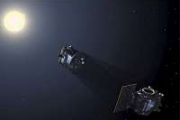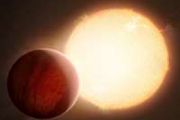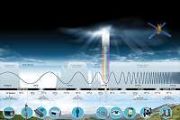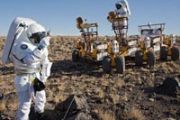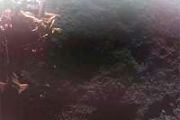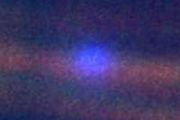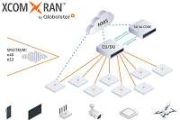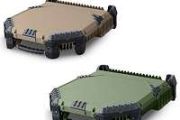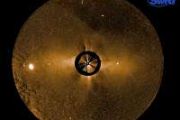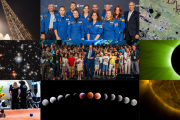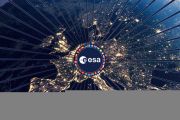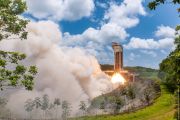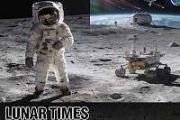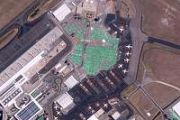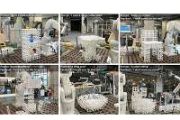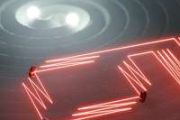
Copernical Team
How warp drives don't break relativity
This request seems a bit unusual, so we need to confirm that you're human. Please press and hold the button until it turns completely green. Thank you for your cooperation!
Press and hold the button
If you believe this is an error, please contact our support team.
185.132.36.159 : d982c74b-6b9f-4c64-86d9-bb8d2fc8
SPHEREx telescope aims to unlock secrets of universe's first moments
This request seems a bit unusual, so we need to confirm that you're human. Please press and hold the button until it turns completely green. Thank you for your cooperation!
Press and hold the button
If you believe this is an error, please contact our support team.
185.132.36.159 : 0434934e-b569-4280-be16-b8003c3a
A European startup is set to launch an orbital rocket on its first test flight
This request seems a bit unusual, so we need to confirm that you're human. Please press and hold the button until it turns completely green. Thank you for your cooperation!
Press and hold the button
If you believe this is an error, please contact our support team.
185.132.36.159 : 48557669-9b0e-45b2-8bee-76b8b805
NASA websites no longer promote 'first woman' on the moon for Artemis
This request seems a bit unusual, so we need to confirm that you're human. Please press and hold the button until it turns completely green. Thank you for your cooperation!
Press and hold the button
If you believe this is an error, please contact our support team.
185.132.36.159 : 54d83767-aaf5-4ffc-b147-e5d0e33b
SpaceX targets end of month for private astronaut polar orbit mission Fram2
This request seems a bit unusual, so we need to confirm that you're human. Please press and hold the button until it turns completely green. Thank you for your cooperation!
Press and hold the button
If you believe this is an error, please contact our support team.
185.132.36.159 : 6b9847ca-2072-448a-b418-8adb7267
A European startup scrubs its attempt to launch an orbital rocket on its first test flight
This request seems a bit unusual, so we need to confirm that you're human. Please press and hold the button until it turns completely green. Thank you for your cooperation!
Press and hold the button
If you believe this is an error, please contact our support team.
185.132.36.159 : 77544e25-be65-4acf-a970-3c15b96b
Scalable nanotechnology-based lightsails developed for next-generation space exploration
This request seems a bit unusual, so we need to confirm that you're human. Please press and hold the button until it turns completely green. Thank you for your cooperation!
Press and hold the button
If you believe this is an error, please contact our support team.
185.132.36.159 : bed28a96-06ae-4881-aeb2-4f2431bc
What rules actually prohibit us from building a warp drive?
This request seems a bit unusual, so we need to confirm that you're human. Please press and hold the button until it turns completely green. Thank you for your cooperation!
Press and hold the button
If you believe this is an error, please contact our support team.
185.132.36.159 : 4fd402fa-ee1e-45a7-96e8-e00cc878
Why can't physicists decide if warp drives are real?
This request seems a bit unusual, so we need to confirm that you're human. Please press and hold the button until it turns completely green. Thank you for your cooperation!
Press and hold the button
If you believe this is an error, please contact our support team.
185.132.36.159 : be2bf152-cf76-45e2-8a17-e57dbd66
SpaceX launches classified NROL-69 mission from Cape Canaveral
This request seems a bit unusual, so we need to confirm that you're human. Please press and hold the button until it turns completely green. Thank you for your cooperation!
Press and hold the button
If you believe this is an error, please contact our support team.
185.132.36.159 : b2b7bbd4-0bb9-4f01-8f40-77487a59




